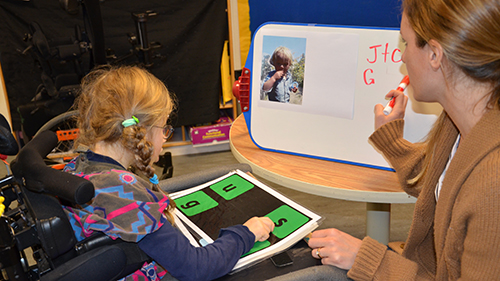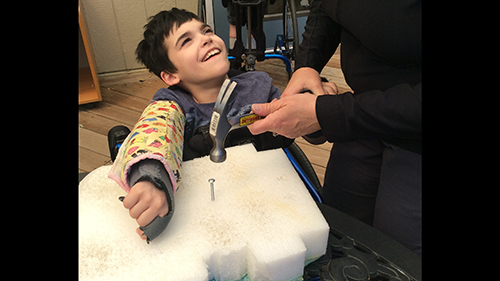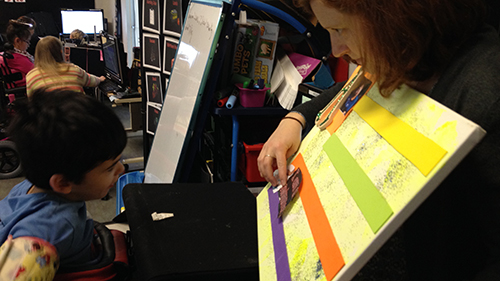Personalized Curriculum & Instruction
Staffing & Professional Development
Curriculum & Instruction: Promoting Independence in Social Interactions
The Bridge School
Programs, Strategies and Perspectives – Setting the standard
more info
Communicative Competence with AAC – – Skill areas and strategies for developing proficiency in use of AAC
Self-Determination Program – Developing critical self-advocacy and independence skills
more info
The Bridge School
Programs, Strategies and Perspectives – Setting the standard
more info
The Bridge School Course of Study
The Bridge School
Programs, Strategies and Perspectives – Setting the standard
more info
Each contribution makes a difference in the lives of our children. Visit our secure donation page and fill out the form to make your secure online donation.

The Bridge School
545 Eucalyptus Avenue
Hillsborough, CA 94010-6404
T: 650-696-7295
F: 650-342-7598
© The Bridge School





